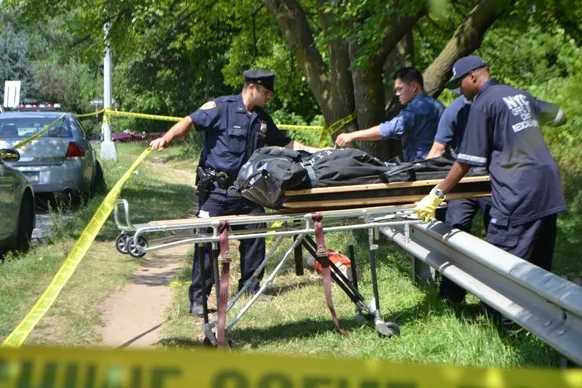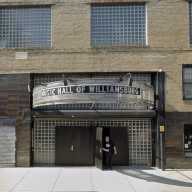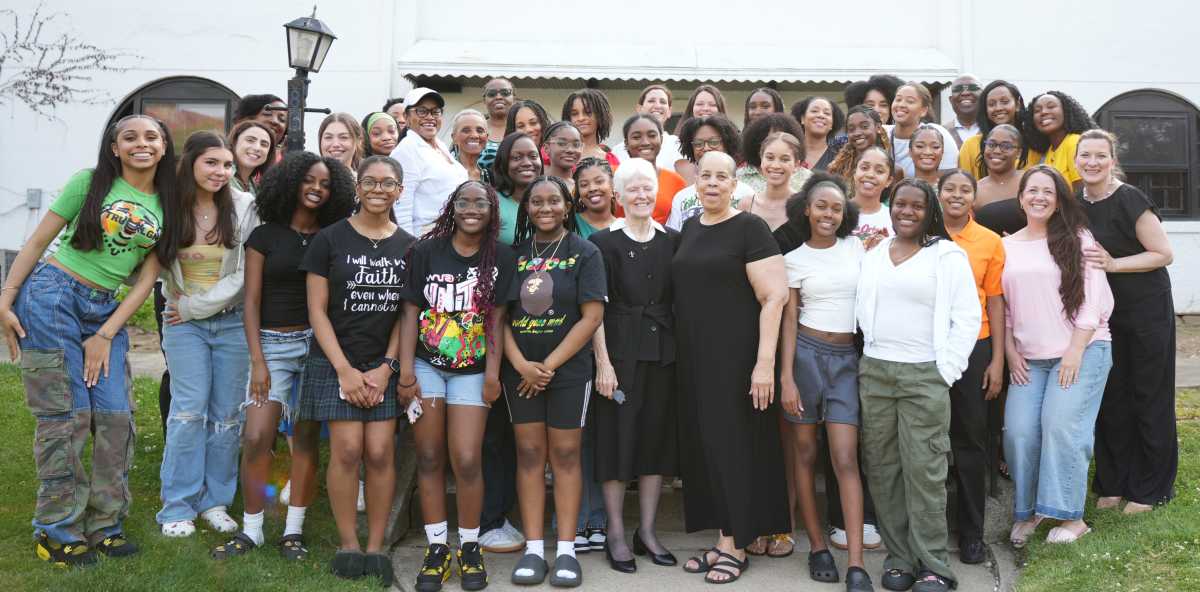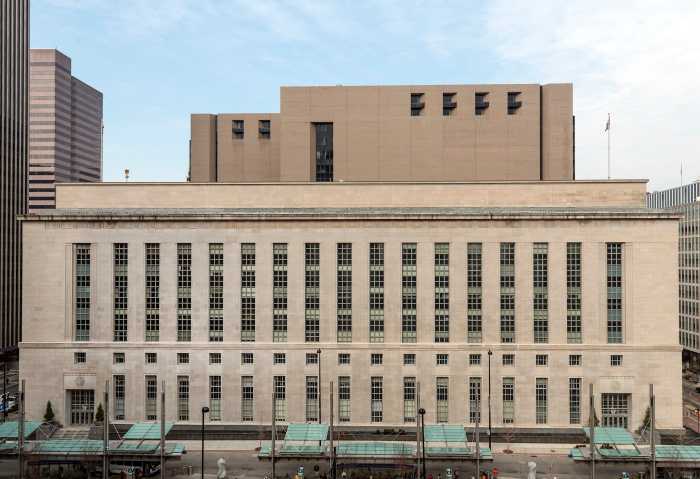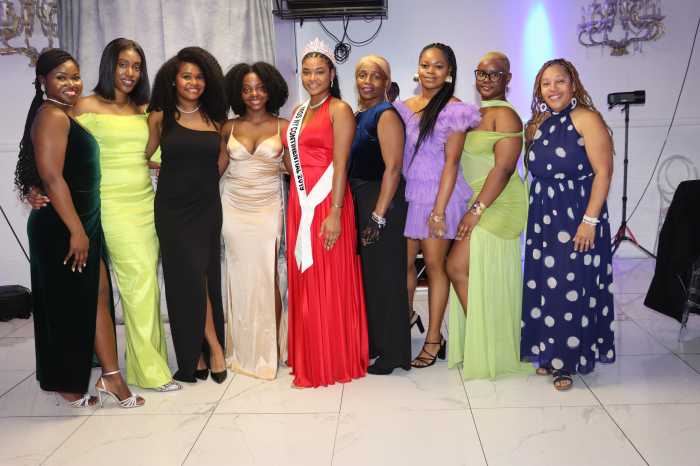Their abuses and bloodshed are mapped in treacherous trails around the world. Their crime? Getting the word out.
The sexual assault of CBS reporter Lara Logan by hoodlums in Cairo spotlights the dangers of a job which few have the steel stomach for — and fewer still would want.
Journalists share the frontlines with soldiers when it comes to protecting the freedoms we cherish in modern, civilized societies, only 21 percent of which live in countries with a free press, reports the World Press Freedom Committee. Yet their supreme sacrifices in the line of duty are rarely splashed across the front pages, even though five of them have been slaughtered so far this year, 44 were killed in 2010 and 850 have perished since 1992 — 545 of them killed with complete impunity — according to the Committee to Protect Journalists.
These unsung freedom-fighters have met their gruesome end in the crosshairs of battles, in cataclysmic accidents and by assassinations for daring to expose the corrupt and deadly practices of terror-mongers and rogue regimes, some of which are so threatened by their raw words and stark images that they have gagged the people’s right to read and see them. The Chinese government has its knickers so twisted over Egypt’s revolution that its microblogs have blocked searches for the word “Egypt.”
The stories of their persecution are as compelling as the circumstances which prompted them:
Ahmad Mohammed Mahmoud, 36, a reporter for an Egyptian state-run paper, was on his office balcony in Cairo on Jan. 29 taking a video of a showdown between demonstrators and cops when he was felled by a sniper’s bullet. He died six days later in a hospital, becoming the first media fatality of that uprising. The next day, 51-year-old Vietnamese journalist Le Hoang Hung, who received threatening text messages after he had unearthed official misconduct in the Mekong Delta, died after a man doused him with chemicals and set him ablaze.
Days before, Gerardo Ortega, 47, a radio talk show host in the Philippines, was fatally shot in the back of the head while shopping in a store. Officials there traced the murder weapon to a former worker of a governor fingered by Ortega in a corruption scandal. European Pressphoto Agency photographer Lucas Mebrouk Dolega became the first casualty of the mutiny in the Arab world when he was mortally struck by a tear gas canister hurled by cops during the Jan. 14 protests in Tunisia that booted President Zine El Abidine Ben Ali. A day earlier, Geo TV reporter Wali Khan Babar was fatally shot in the head and neck in Pakistan after filing a report about mob clashes in Karachi.
The inconclusive cases are just as haunting: more than 30 journalists have been missing in action since 1982.
Freelance American journalist Andrew Shumack was last seen on July 28, 1995, when he left the Chechen capital of Grozny for the surrounding mountainous region with a letter of introduction from the English-language newspaper, The Petersburg Press, to help him obtain press credentials. No one has heard from him since.
In their hunt for justice, these courageous chroniclers have waged a fearless fight with the only ammunition they have — a commitment to the truth. Sabruzzo@cnglocal.com

















